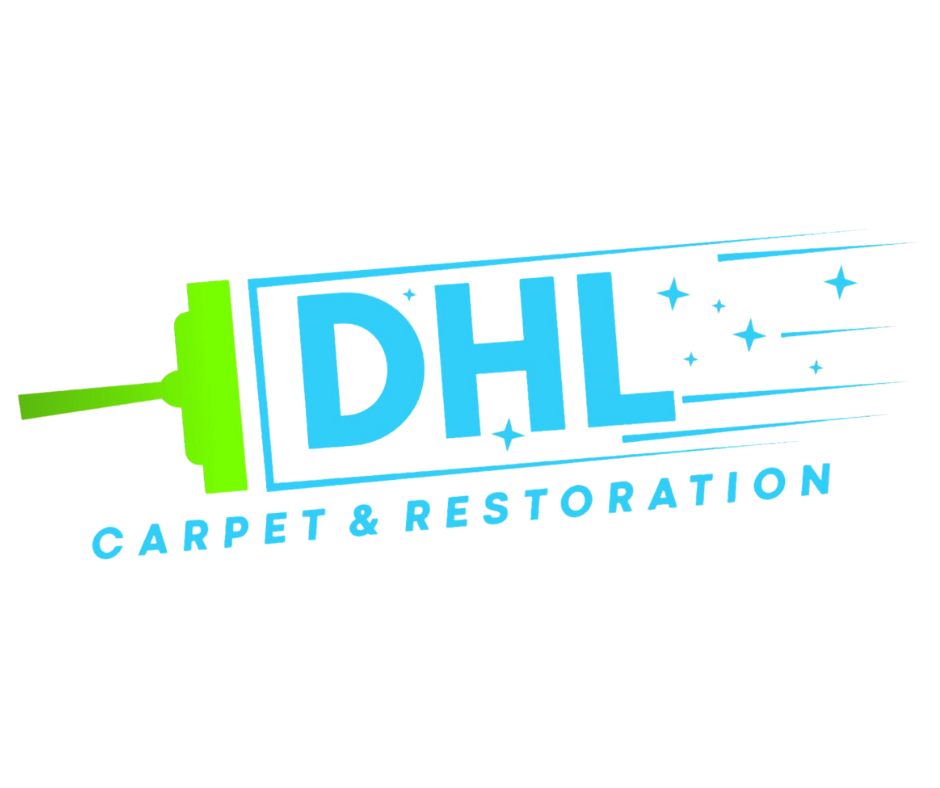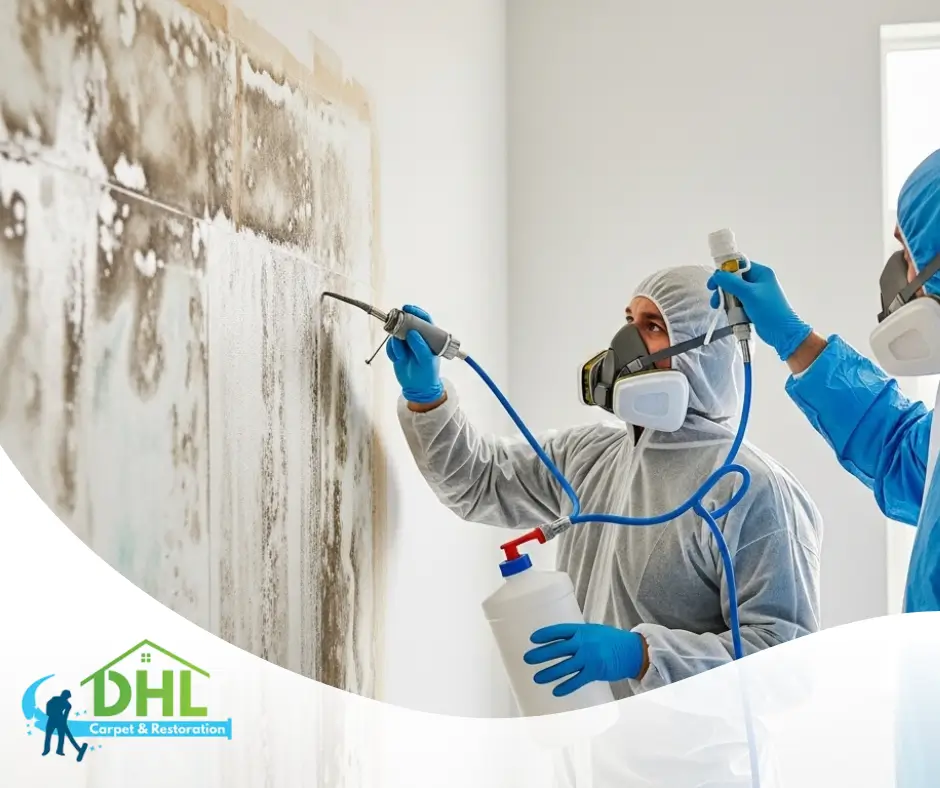Mold is a problem that can start small and spread rapidly—especially in damp, humid environments. Once it begins to grow, it doesn’t take long before it infiltrates walls, ceilings, insulation, and even air ducts. Fortunately, professional Mold Mitigation Services are designed to stop mold in its tracks before it becomes a widespread and costly issue.
What Is Mold Mitigation?
Mold mitigation refers to the proactive process of identifying, managing, and controlling mold before it grows out of control. Unlike mold remediation, which focuses on removing existing colonies, mitigation is about prevention. It targets the conditions that allow mold to flourish—primarily moisture—and applies protective strategies to prevent recurrence.
Early Detection Is Key
Mold often begins growing in hidden areas: behind walls, beneath flooring, or inside HVAC systems. By the time it’s visible, it may have already caused damage. Mold mitigation services include thorough inspections using moisture meters, infrared imaging, and air quality testing to detect potential mold growth before it becomes a major problem.
Controlling Moisture: The Root Cause
Every mold infestation has one thing in common—excess moisture. Whether it comes from plumbing leaks, roof damage, poor ventilation, or high humidity, water is the fuel mold needs to grow. Mold Mitigation Services focus heavily on identifying and eliminating moisture sources. This might involve sealing leaks, installing dehumidifiers, improving ventilation, or drying damp structural materials.
Containment Before Contamination
One of the most effective ways to prevent mold from spreading is through professional containment techniques. When a potential mold-prone area is discovered, technicians isolate it using plastic sheeting and negative air pressure systems. This stops spores from migrating to other parts of the home, minimizing exposure and reducing the risk of a full-blown infestation.
Surface Treatments and Protective Barriers
Once moisture levels are under control, non-porous surfaces can be treated with antimicrobial solutions that inhibit mold growth. These preventative mold treatments are especially useful in high-risk areas like basements, crawl spaces, bathrooms, and attics. Some services may even apply mold-resistant coatings to wood, drywall, and insulation to further protect against future problems.
Why Mold Mitigation Is Better Than Waiting for Remediation
Preventing mold is always easier—and cheaper—than removing it. Once mold has taken hold, it can require tearing out drywall, replacing insulation, or conducting major air purification procedures. With timely Mold Mitigation Services, you avoid these complications entirely by stopping mold before it has the chance to take root.
Health Benefits of Proactive Mold Control
Beyond property damage, mold can seriously affect your health. Mold spores can trigger allergic reactions, asthma attacks, sinus congestion, and skin irritation. By managing the environment before mold appears, preventative mold mitigation protects the air you breathe and reduces the risk of mold-related health problems—especially in homes with children, seniors, or individuals with respiratory conditions.
Final Thoughts
Mold doesn’t need much to thrive—just moisture and time. But with professional Mold Mitigation Services, you can stop it before it spreads, saving yourself stress, money, and potential health issues. By focusing on moisture control, early detection, and surface protection, mold mitigation offers peace of mind and a safer home environment.

